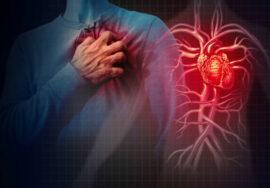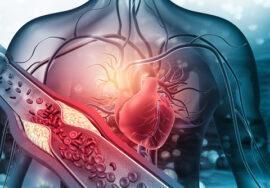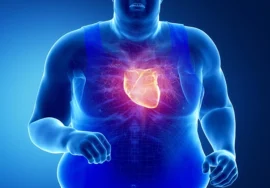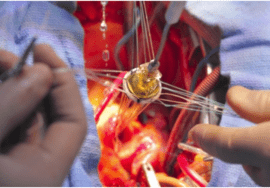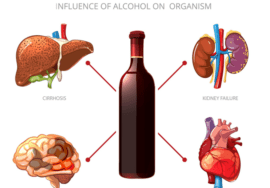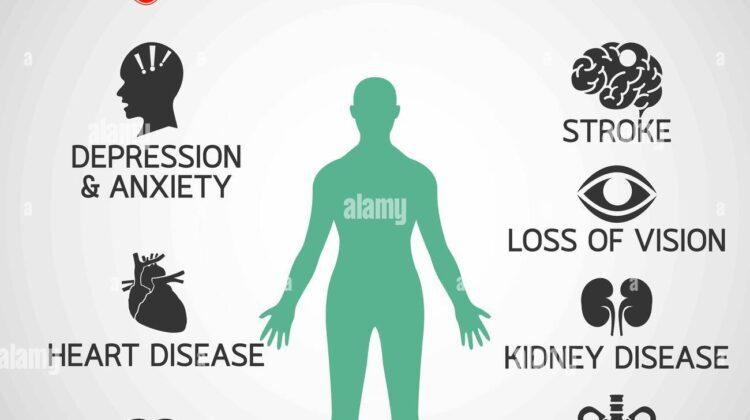
SALT AND HYPERTENSION
Hypertension, also known as high or raised blood pressure, is a condition in which the blood vessels have persistently raised pressure. Blood is carried from the heart to all parts of the body in the vessels. Each time the heart beats, it pumps blood into the vessels. Blood pressure is created by the force of blood pushing against the walls of blood vessels (arteries) as it is pumped by the heart. The higher the pressure, the harder the heart has to pump.
Hypertension is a serious medical condition and can increase the risk of heart, brain, kidney and other diseases. It is a major cause of premature death worldwide, with upwards of 1 in 4 men and 1 in 5 women – over a billion people – having the condition. The burden of hypertension is felt disproportionately in low- and middle-income countries, where two thirds of cases are found, largely due to increased risk factors in those populations in recent decades.
Symptoms
Many people with hypertension do not notice symptoms and may be unaware there is a problem. Symptoms can include early morning headaches, nosebleeds, irregular heart rhythms, vision changes, and buzzing in the ears. More severe forms may exhibit fatigue, nausea, vomiting, confusion, anxiety, chest pain, and muscle tremors. If left untreated, hypertension can cause persistent chest pain (also called angina), heart attacks, heart failure, and an irregular heartbeat, which can lead to a sudden death.
Hypertension can also cause strokes by blocking or bursting arteries that supply blood and oxygen to the brain, as well as kidney damage, which can lead to kidney failure. High blood pressure causes damage to the heart by hardening arteries and decreasing the flood of blood and oxygen to the heart.
Detecting hypertension is done with a quick and painless test of blood pressure. This can be done at home, but a health professional can help assess any risks or associated conditions.
Treatment
Reducing modifiable risk factors is the best way to prevent hypertension and associated diseases of the heart, brain, kidney and other organs. These factors include unhealthy diets (excessive salt consumption, a diet high in saturated fat and trans fats, low intake of fruits and vegetables), physical inactivity, consumption of tobacco and alcohol, and being overweight or obese.
There are also non-modifiable risk factors, including a family history of hypertension, age over 65 years and co-existing diseases such as diabetes or kidney disease. Avoiding dietary and behavioural risk factors is doubly important for those with unmodifiable or hereditary risk factors.
Hypertension can be managed by reducing and managing mental stress, regularly checking blood pressure and consulting with health professionals, treating high blood pressure and managing other medical conditions. Cessation of tobacco use and the harmful use of alcohol, as well as improvements in diet and exercise, can help reduce symptoms and risk factors from hypertension.





